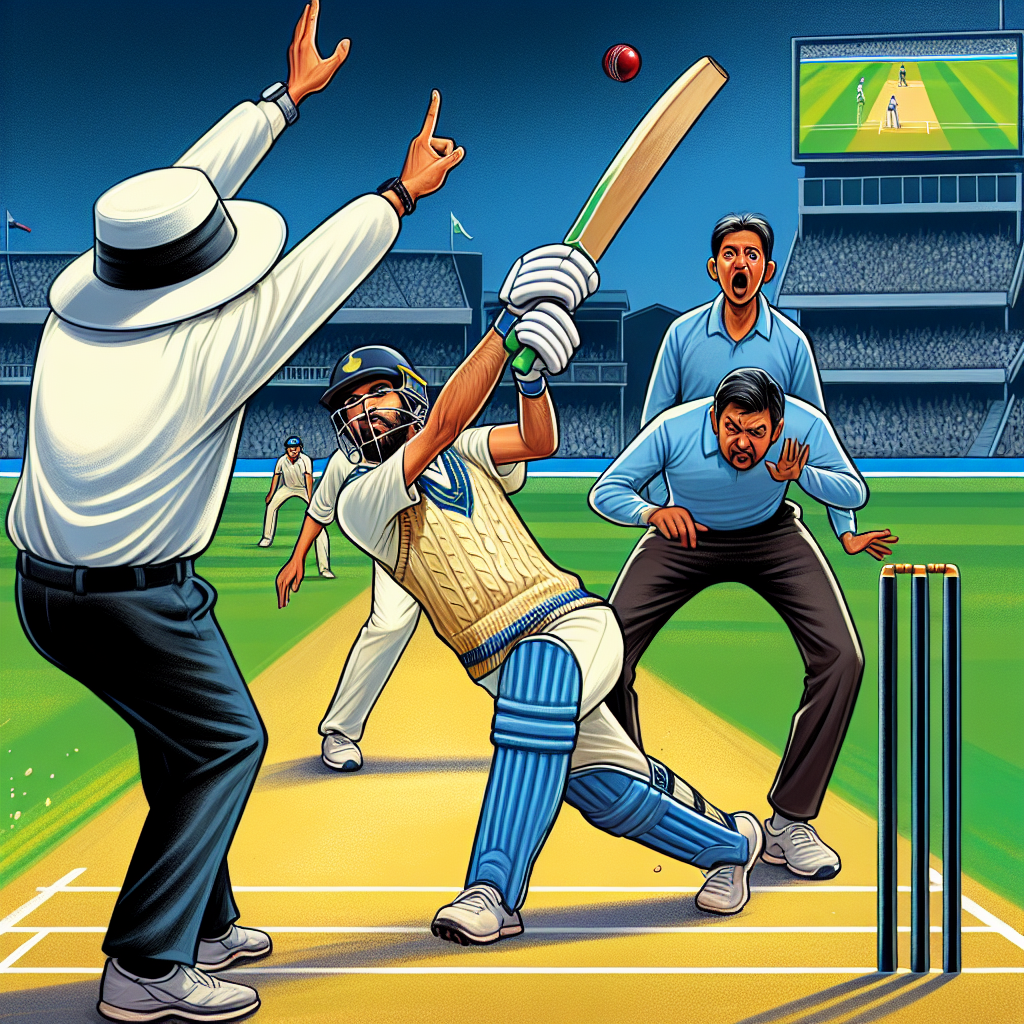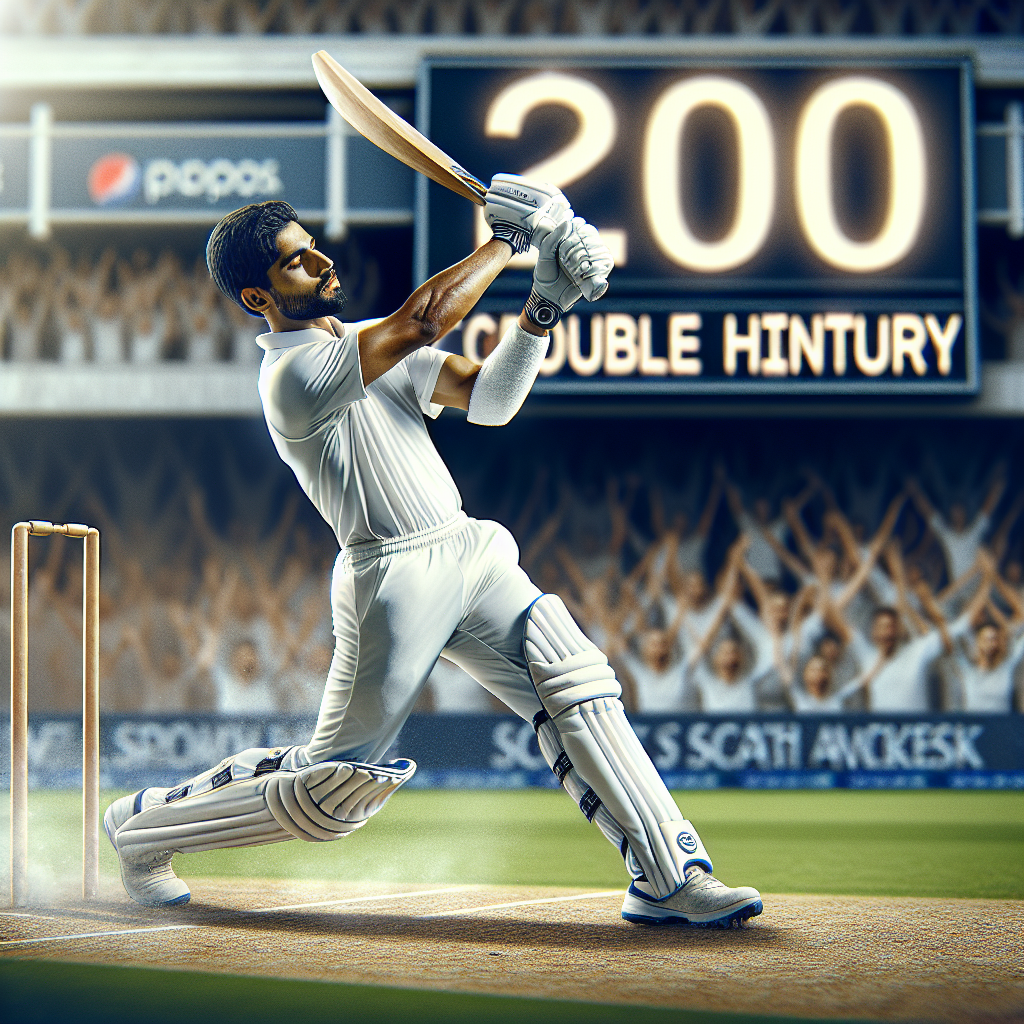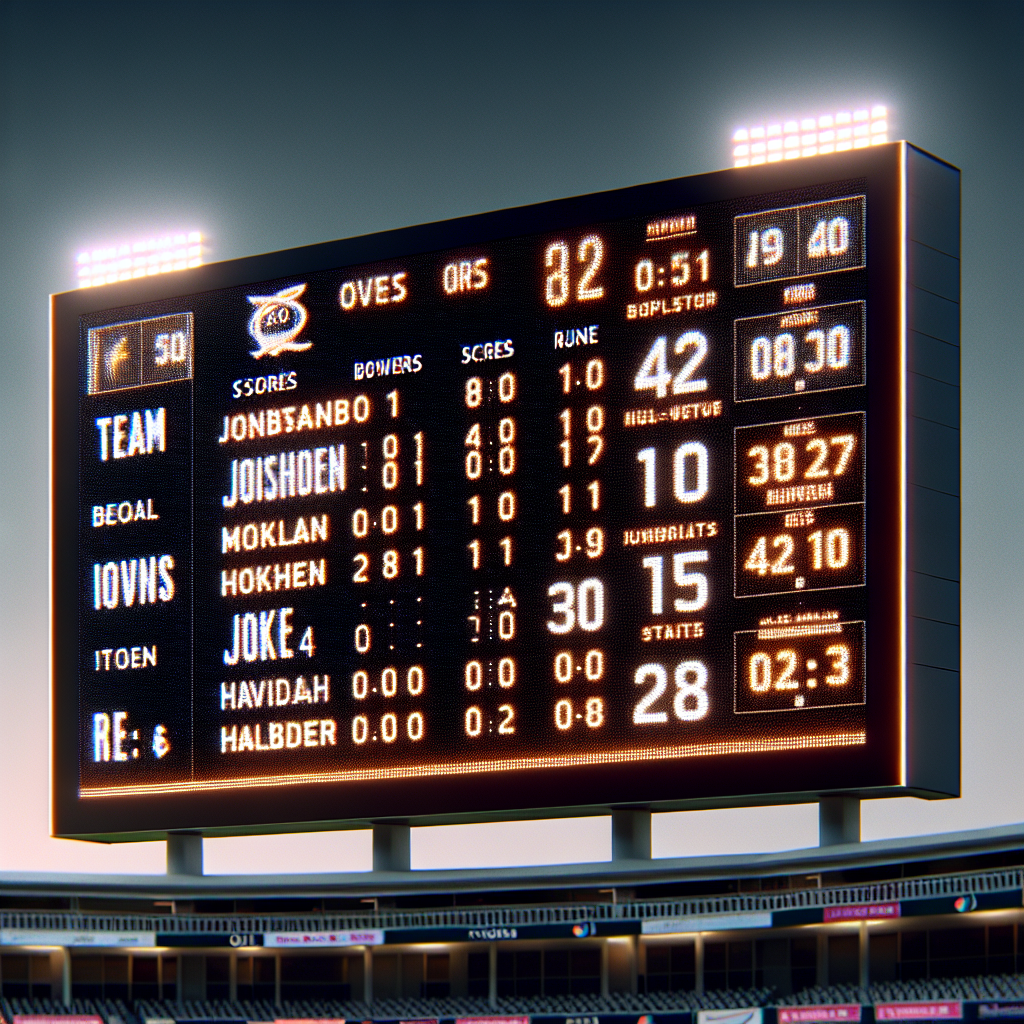Understanding Cricket DRS: A Comprehensive Guide

Cricket, a sport steeped in tradition and history, has evolved significantly over the years. One of the most notable advancements in the modern game is the introduction of the Decision Review System (DRS). This technology-driven system has transformed how decisions are made on the field, adding a layer of precision and fairness to the game. In this article, we will delve into the intricacies of the DRS, exploring its components, impact, and controversies, while providing valuable insights into its role in contemporary cricket.
What is the Decision Review System (DRS)?
The Decision Review System, commonly known as DRS, is a technology-based process used in cricket to assist on-field umpires in making accurate decisions. Introduced in 2008, the system allows players to challenge on-field decisions made by the umpires, using a combination of technologies to review and potentially overturn these decisions.
Components of DRS
The DRS comprises several technological components that work together to provide a comprehensive review of the on-field decision. These include:
- Hawk-Eye: A ball-tracking technology that predicts the trajectory of the ball, helping to determine LBW (leg before wicket) decisions.
- UltraEdge/Snickometer: An audio-visual tool that detects the sound of the ball hitting the bat or pad, crucial for caught-behind and LBW decisions.
- Hot Spot: An infrared imaging system that shows the point of contact between the ball and the bat or pad, used to confirm edges.
- Real-Time Snickometer: An advanced version of the Snickometer that provides real-time audio-visual feedback.
The Evolution of DRS
The DRS was first trialed in a Test match between India and Sri Lanka in 2008. Since then, it has undergone several modifications and improvements to enhance its accuracy and reliability. Initially met with skepticism, the system has gradually gained acceptance among players, officials, and fans.
Key Milestones in DRS Development
- 2008: First trial in a Test match between India and Sri Lanka.
- 2011: ICC makes DRS mandatory in all Test matches.
- 2013: Introduction of the Real-Time Snickometer.
- 2017: Implementation of DRS in T20 Internationals.
- 2020: Introduction of the “Umpire’s Call” concept for marginal LBW decisions.
Impact of DRS on Cricket
The introduction of DRS has had a profound impact on the game of cricket, influencing both the players’ strategies and the overall viewing experience. Here are some of the key impacts:
Enhanced Accuracy and Fairness
DRS has significantly improved the accuracy of on-field decisions, reducing the number of incorrect calls. This has led to a fairer outcome in matches, as players have the opportunity to challenge decisions they believe are incorrect.
Strategic Use of Reviews
Teams now incorporate DRS into their strategies, using reviews judiciously to overturn crucial decisions. The limited number of reviews available per innings adds a tactical element to the game, as teams must decide when to use them wisely.
Increased Viewer Engagement
The use of technology in decision-making has added an exciting dimension to the viewing experience. Fans are now more engaged, as they can see the same replays and analyses that the third umpire uses to make decisions.
Controversies and Criticisms
Despite its benefits, the DRS has not been without controversy. Several issues have sparked debate among players, officials, and fans:
Umpire’s Call
The “Umpire’s Call” concept, used in marginal LBW decisions, has been a point of contention. Critics argue that it undermines the purpose of DRS by allowing the on-field umpire’s decision to stand even when the ball-tracking technology shows a different outcome.
Technology Limitations
While DRS relies on advanced technology, it is not infallible. There have been instances where technology has failed, leading to incorrect decisions. This has raised questions about the reliability of the system.
Cost and Accessibility
The implementation of DRS is expensive, making it inaccessible for lower-tier cricketing nations. This has led to an uneven playing field, as not all teams have the same access to technology.
Case Studies: DRS in Action
To better understand the impact of DRS, let’s examine a few notable instances where the system played a crucial role in match outcomes:
2019 ICC Cricket World Cup Final
In the dramatic final between England and New Zealand, DRS played a pivotal role. A crucial LBW decision against New Zealand’s Ross Taylor was overturned, highlighting the system’s importance in high-stakes matches.
India vs. Australia Test Series 2020-21
During this series, several DRS decisions were hotly debated. The “Umpire’s Call” rule came under scrutiny, as it influenced the outcome of key LBW decisions, sparking discussions about its fairness.
The Future of DRS
As technology continues to advance, the DRS is likely to evolve further. Here are some potential developments we might see in the future:
Improved Technology
Advancements in technology could lead to more accurate and reliable systems, reducing the margin for error and enhancing the overall effectiveness of DRS.
Wider Accessibility
Efforts to reduce the cost of implementing DRS could make it more accessible to lower-tier cricketing nations, promoting fairness and consistency across all levels of the game.
Refinement of Rules
The ICC may continue to refine the rules surrounding DRS, addressing controversies such as the “Umpire’s Call” to ensure the system is as fair and effective as possible.
Conclusion
The Decision Review System has undeniably transformed the landscape of cricket, bringing a new level of accuracy and fairness to the game. While it has faced its share of controversies and criticisms, the benefits of DRS are clear. As technology continues to evolve, so too will the system, ensuring that cricket remains a sport where skill and strategy are complemented by fairness and precision. The



